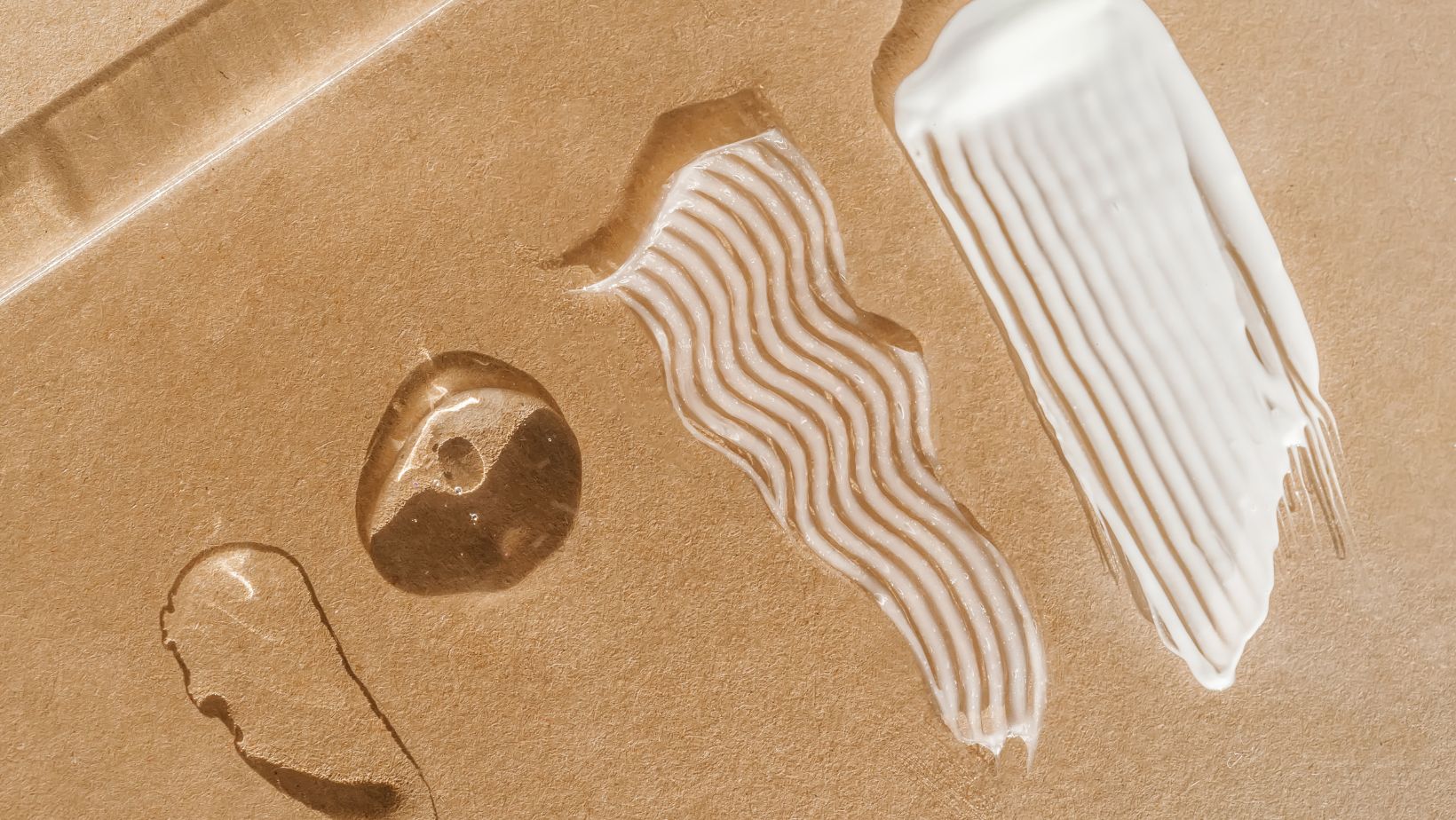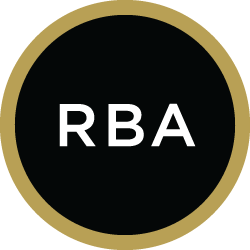
Activation vs. Reaction: What's Your Reaction?
Have you ever tried a new product and noticed a sudden flush on your face? Don't worry, you're not alone! In this blog post, we're going to unravel the mystery behind redness caused by skincare products by diving into the world of activation and reaction in skincare. So, let's get started on our quest to achieve that coveted glow without any unwanted surprises!

The Redness Dilemma
Redness can be quite the bummer, especially when you've just splurged on that fancy new serum. But before you give up on it altogether, let's understand the difference between activation and reaction.
Activation vs. Reaction: What's the Deal?
Here's the scoop: activation is when your skin responds positively to a product, resulting in temporary redness or a warm sensation. It's like your skin saying, "Hey, something's happening here, and I'm loving it!" On the other hand, a reaction is when your skin doesn't take too kindly to a product, leading to prolonged redness, irritation, or even breakouts. Think of it as your skin throwing a tantrum!
Understanding Activation
Picture this: You've just applied a vitamin C serum, brimming with antioxidants. Within minutes, your skin starts to tingle, and a rosy glow appears. Congratulations, it's activation time! This is often a sign that the product is working its magic and stimulating blood flow, resulting in that temporary flush. So, embrace the glow, knowing your skin is benefiting from the product.
Cracking the Reaction Code
Now, let's tackle the less desirable side of the redness spectrum – reactions. Sometimes, our skin can have a love-hate relationship with certain ingredients or formulations. This may lead to redness, itchiness, or even blemishes. It's crucial to identify what's causing the reaction – be it an ingredient, a specific product, or a particular step in your skincare routine.
Tips to Differentiate Activation from Reaction
-
Spot Testing: Before incorporating a new product into your routine, perform a patch test on a small area of your skin. This will help you gauge if your skin reacts unfavorably or simply activates with the product.
-
Time is Key: Activation-related redness usually subsides within a short period, typically around 15-30 minutes. If the redness persists or intensifies over time, it may be a sign of a reaction.
-
Know Your Ingredients: Educate yourself on the ingredients commonly found in your skincare products. This way, you can pinpoint which ones tend to cause reactions in your skin and avoid them in the future.
-
Consult a Skincare Professional: If you're unsure about a particular product or experiencing persistent redness, it's best to consult a dermatologist or skincare expert. They can provide personalized advice and guide you towards products that suit your skin type.
Redness can be a tricky game when it comes to skincare products. By understanding the difference between activation and reaction, you'll become an expert at navigating the world of skincare. Remember, a little bit of redness during activation is often a sign that your skin is loving the product. But if the redness lingers or turns into an all-out revolt, it's time to reassess and find products that work in harmony with your skin's needs. Happy glowing!



